Since it was founded in 1909, it has created unparalleled brilliance. It has made unparalleled racing cars. It lets people see the unique delicate charm of machinery. It perfectly integrates luxury and speed. It gives racing cars a more luxurious position. It has been brilliant, wildly sought after and praised, and it has gone bankrupt for several times, but it has always been at the forefront of the automobile manufacturing industry. Every product of it is made to break the limit, and every car exists for glory. This is Bugatti. It has been founded for more than 100 years. It has built a permanent brilliance with a century’s classics. The following introduces the development history of the Bugatti brand.
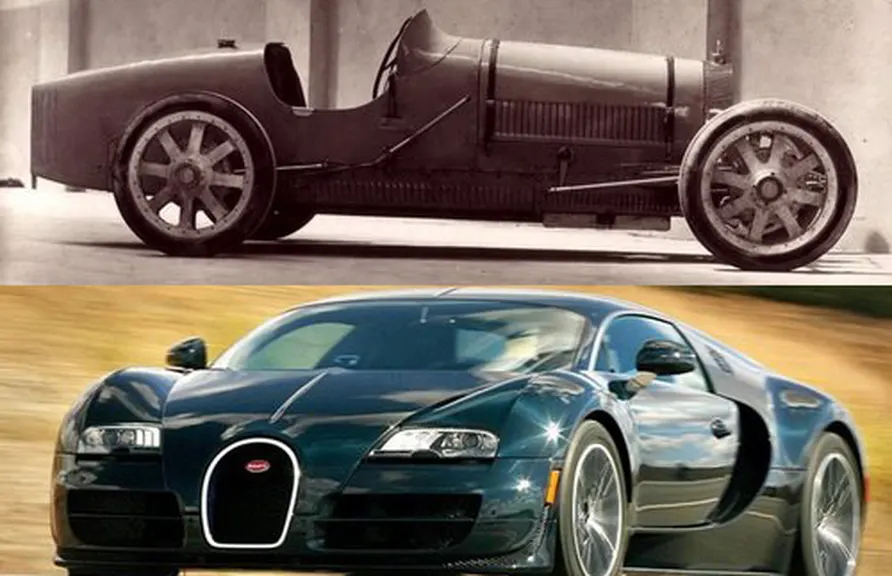
In 1881, the founder of Bugatti, Ettore Bugatti, was born in Milan, Italy. His father was a painter and also a famous furniture designer. Under the influence of his father, Ettore Bugatti began to learn painting from an early age. As he grew older, Ettore Bugatti’s attention shifted from drawing to cars. So with the help of his father, Ettore Bugatti began to take part in the motor sport at the age of 17.
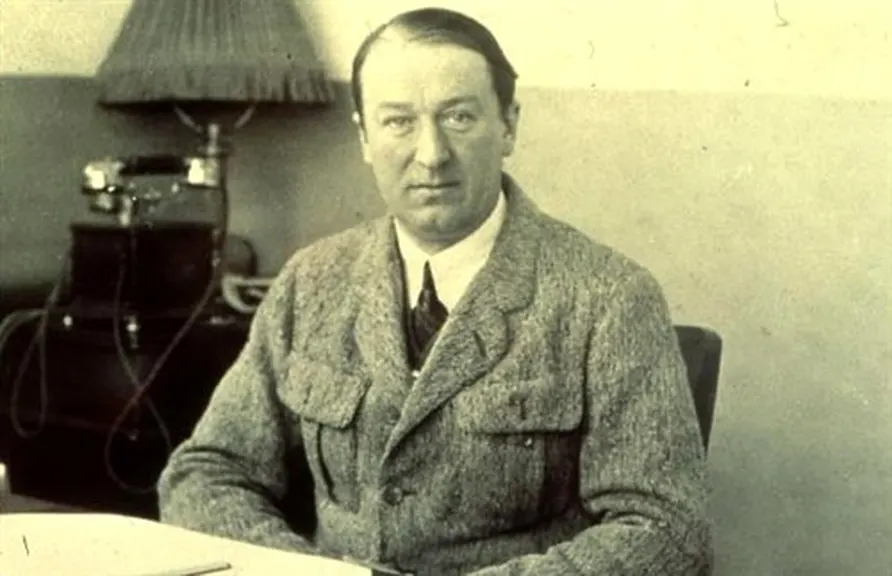
In 1900, 18-year-old Ettore Bugatti entered the Prinetti & Stucchi company with a good painting foundation to participate in car design work. In addition to work, Ettore used his spare time to make a tricycle with his friends. Ettore took this motorcycle to the Milan Motor Show and won the design award.

After winning the award, French automaker De Dietrich valued Ettore’s talents and invited Ettore to enter the company. In 1902, Ettore moved his wife and children to Aniederbronn in Asace, France. During this period, Ettore and Dietrich engineers jointly designed Type3, Type4, Type5, Type6, Type7 and other models.
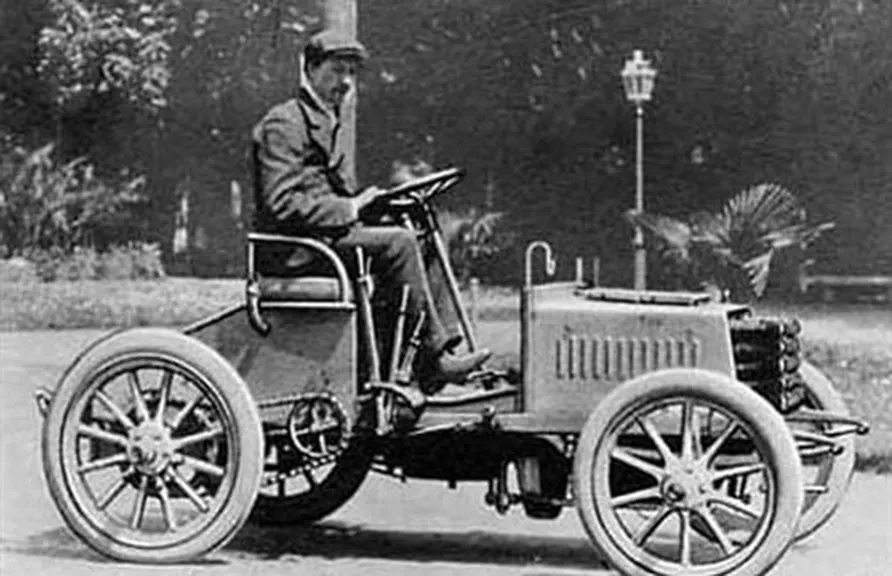

In 1909, Ettore moved to Molsheim, Alsace and founded his own car factory, where Bugatti began his own sports car journey. From 1910 to 1914, Bugatti manufactured a number of Type models. The Type 17 model of 1914 already reached a maximum speed of 110km / h, which was an incredible speed at the time. At the same time, the Type 17 changed to a horseshoe-shaped front air intake grille. Since then, the horseshoe-shaped front air intake grille has been used in Bugatti cars to this day.


In 1914, when the first World War broke out, many auto factories stopped making cars, and Bugatti’s factories were not spared, reducing the production of cars. During this period, Ettore designed an 8-cylinder aeroengine with a maximum power of 410 horsepower for the American Dusenberg automobile company.
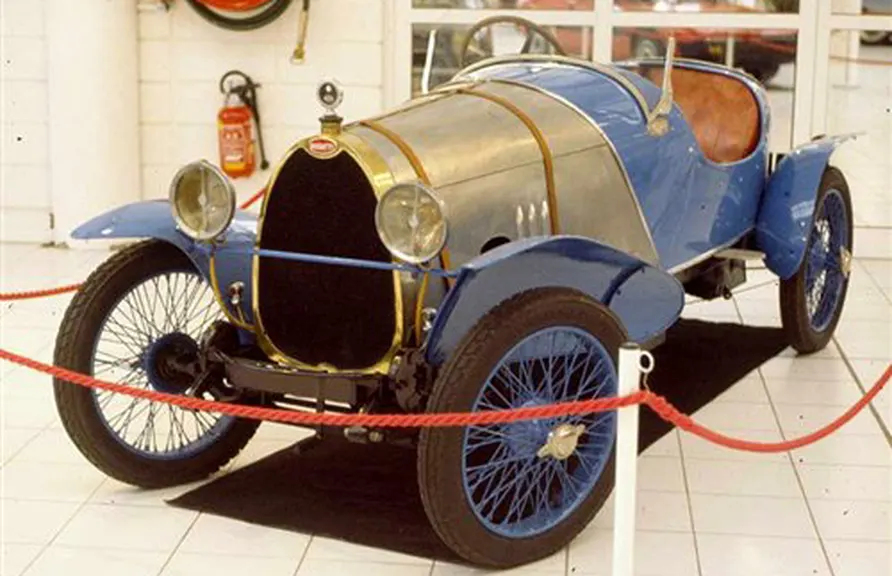


At the end of the First World War in 1918, Ettore installed the newly developed 4-cylinder 16-valve engine on Type 22 and Type 23 cars. The new engine helped the two cars win the French Le Mans 24-Hours endurance race and Brescia automobile race champion. Bugatti has also received more attention.
A brand often achieves permanent brilliance because of the success of a model. Just like the Bugatti Type 35 series model, with its powerful mechanical properties and shocking performance on the field, people once again recognize Bugatti. Type 35 is based on the T30 racing car design with in-line 8-cylinder engine launched by Bugatti in 1922. Bugatti has made a lot of innovations in this car, including the use of solid casting technology of the front axle and aluminum hub, front and rear leaf springs and rear wheel drum brakes. A series of technological improvements now seem to be very simple, but at that time, they were very innovative. With these innovations, Bugatti Type 35 has quickly become the guest of honor in all major competition.


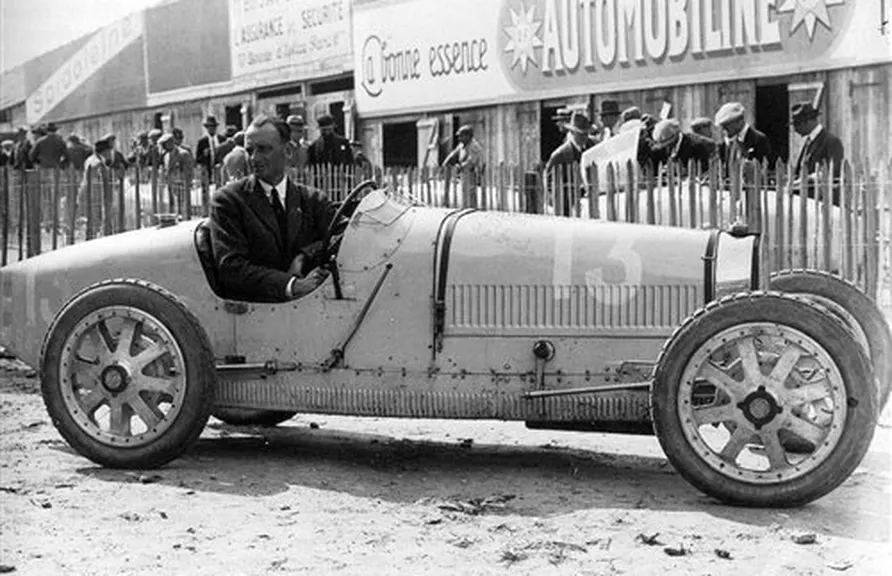
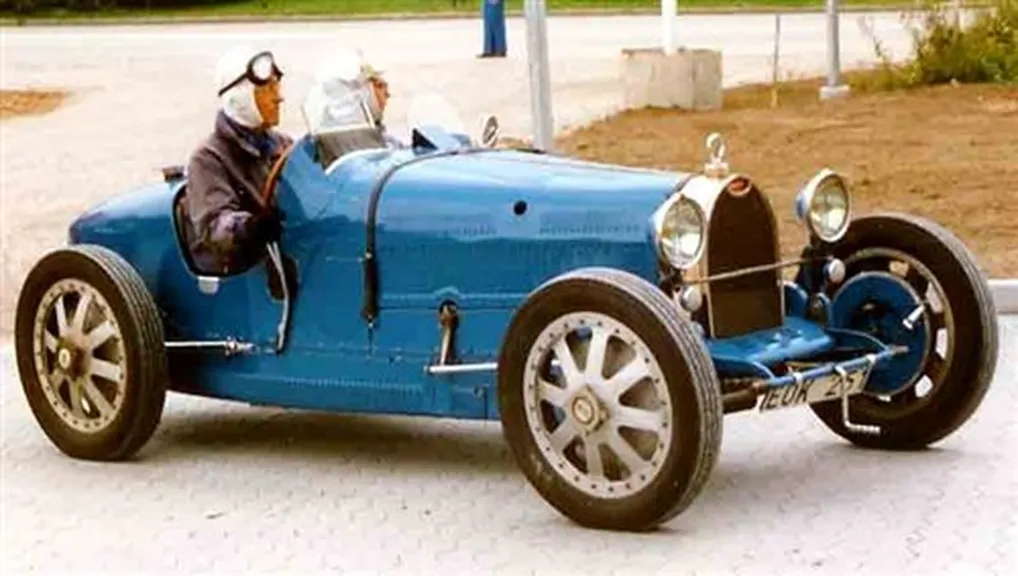
According to statistics, the Bugatti Type 35 series has won more than 1,000 races in its product cycle. During the two years from 1927 to 1928, the Type 35 series won 351 races and set 47 world records. At its peak, the Type 35 series won an average of 14 races per week.

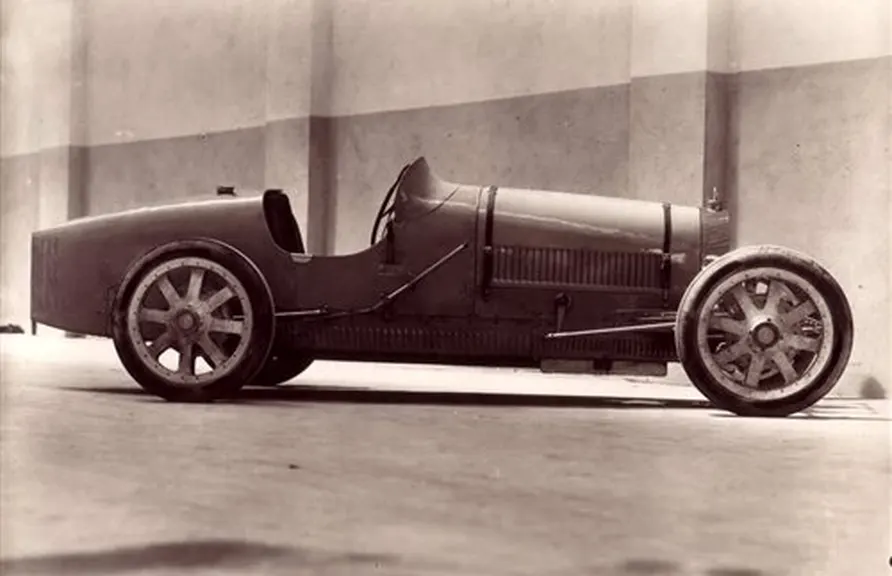
In 1927, Bugatti introduced a pinnacle model of the Type 35 series, the Type 35B model. This model is equipped with a Lutz-type supercharger and the maximum speed can reach 210km / h. This speed shocked the European automotive industry at that time. The Type 35 series models have also been wildly sought after by fans. So far, there are still a lot of Type 35 in the private garages of car collectors around the world.

While competing in major auto races, Bugatti did not ignore the civilian car market. Bugatti began to develop luxury sports cars through its experience in racing. In 1927, Bugatti launched the Type 41 Royale. Ettore gave this car almost unreserved dreams of the car. The 8-cylinder engine with a displacement of up to 12.7L has a maximum power of 300 horsepower. The interior used the highest-grade materials at that time, all of which are to create a dream car at the cost of a substantial increase in cost. The price of Type 41 Royale exceeded that of any luxury car at that time and became the most expensive car at that time.
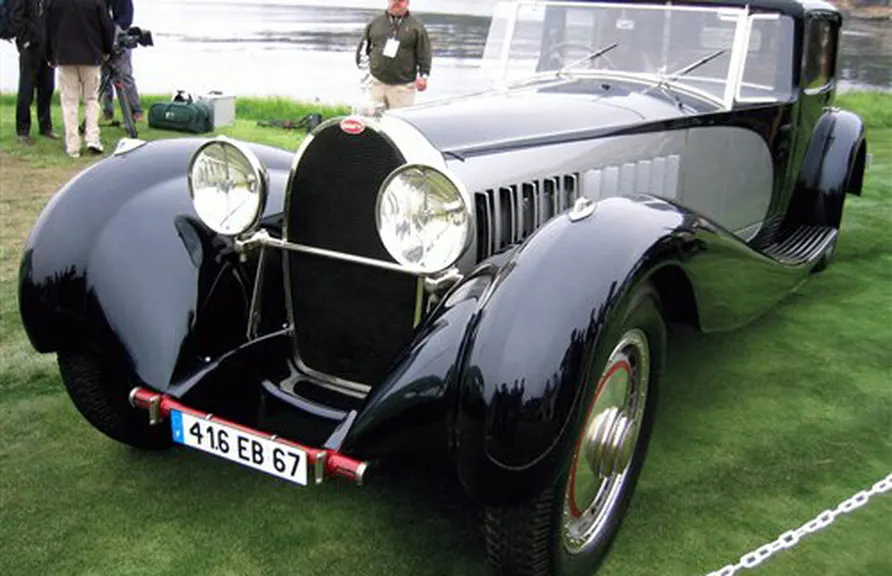

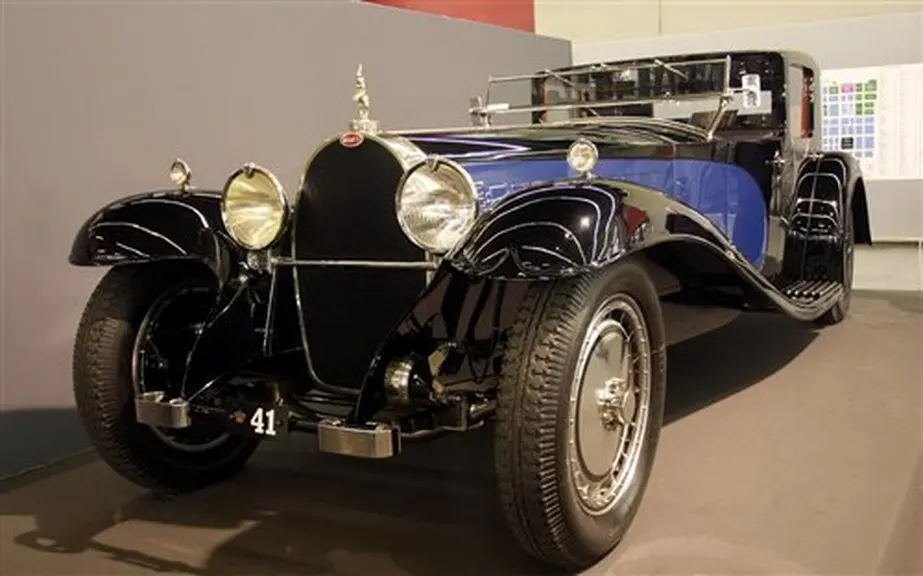
Unfortunately, the Type 41 Royale was born at a time when the economy was in great depression. The high price made it sell only three cars, while the Type 41 Royale produced only six units. Bugatti was not spared in the global economic crisis, but it won a contract from the French government to manufacture a new type of high-speed train, which enabled Bugatti to survive the economic crisis. Bugatti applied the engine of Type 41 Royale to the train, and the train with the modified engine set the highest speed record of French train at that time.

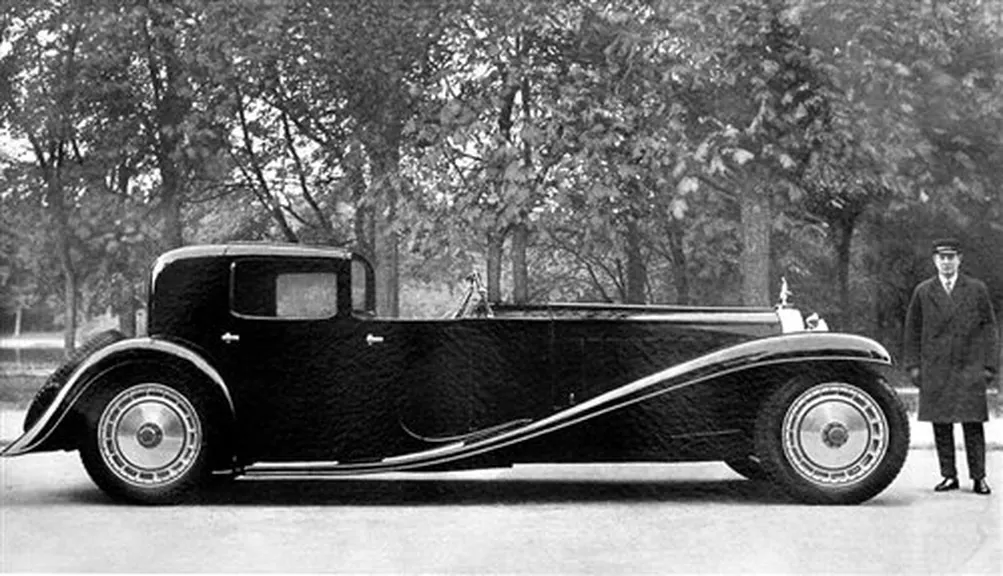
Ettore Bugatti’s son Jean Bugatti was also deeply fascinated by cars and motor sports under the influence of his father. Jean Bugatti participated in the design work of another classic model Type 57 launched by Bugatti. Type 57 has a very slender body. This car is equipped with a 3.3L engine and has a maximum power of 135 horsepower. In 1936, Bugatti launched the Type 57SC Atlantic. The luxury materials and exquisite workmanship of this car make it destined to be an extremely niche model with only four cars produced.
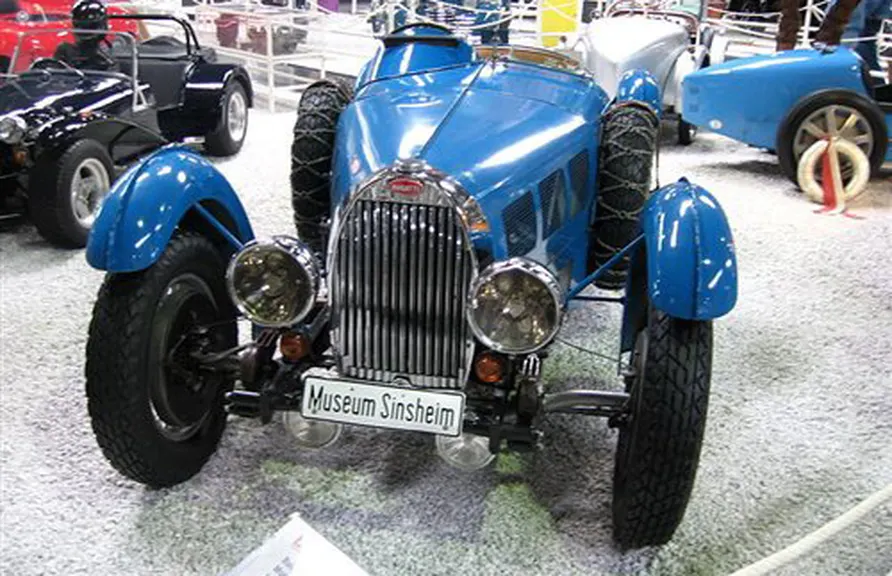


At present, there are only two Type 57SC Atlantic cars in the world. At a classic car auction in California in May 2010, the Type 57SC Atlantic sold a high price of US $ 38 million. This shows the value of this car.
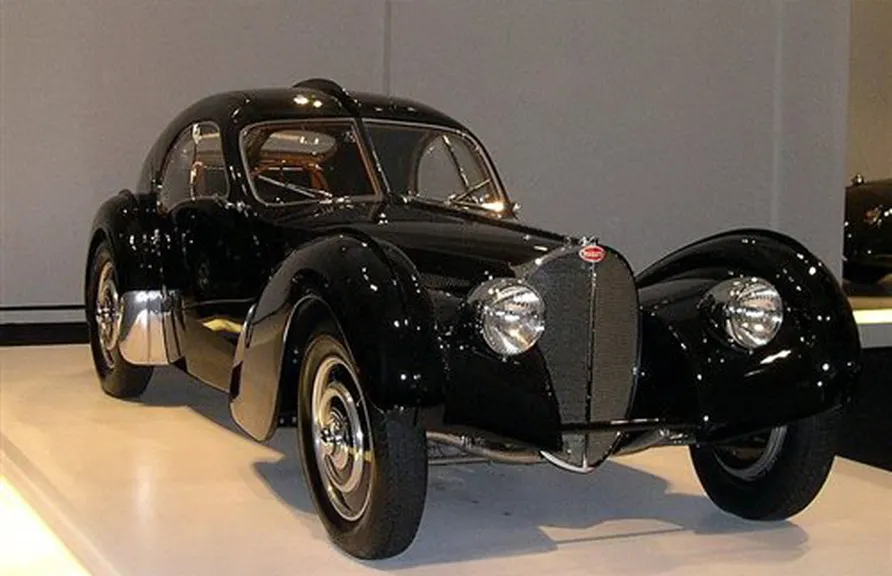
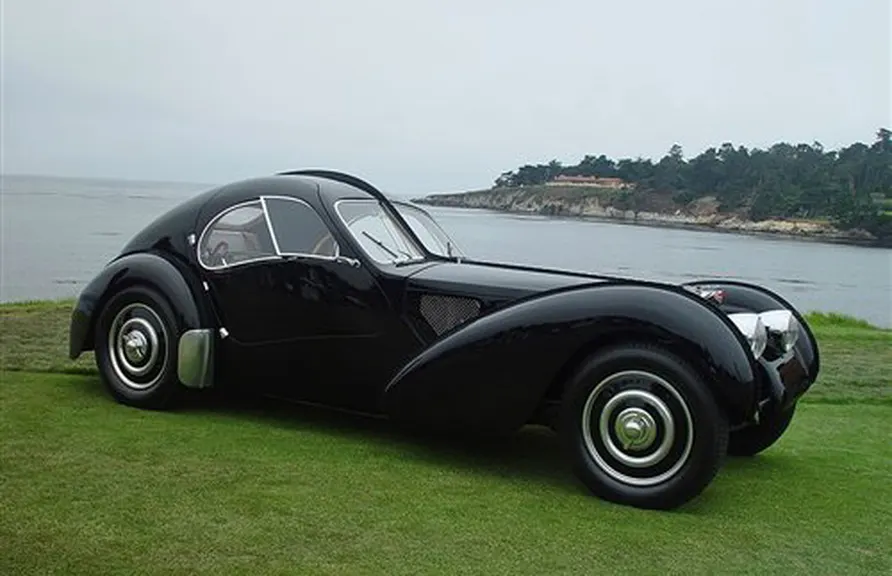
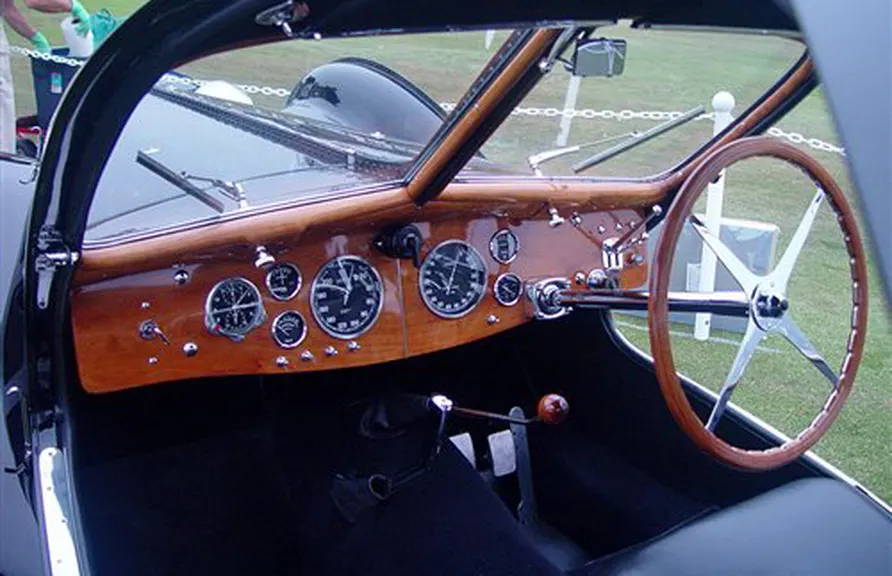
Jean Bugatti’s love for cars and his talent in car design make Ettore think that his son will develop Bugatti better in the future. However, in 1939, a race accident made Bugatti lose its successor.


In 1939, the Second World War broke out. Soon after World War II, the Germans occupied the Bugatti factory in France. The Germans changed Ettore to German nationality, but Ettore himself did not succumb to the intruder’s deterrence, insisting on Italian nationality, and was persecuted. Bugatti’s production stalled several times during World War II, and intermittent production made Bugatti’s capital a problem. At the end of World War II in 1945, suffering from insufficient funds, Bugatti’s new product development was almost stagnated. In 1947, Ettore died of pneumonia, and Bugatti lost its direction. Ettore produced a total of about 7,800 cars in his life.
After the death of Ettore, Roland, his other son, took over Bugatti. However, Roland’s understanding and management of the racing car were obviously unable to compare with his brother Jean Bugatti. In 1963, Hispano Suiza, an aircraft manufacturer, bought Bugatti because of the lack of funds. However, Hispano Suiza’s acquisition of Bugatti did not revitalize Bugatti, and the only practical effect was to keep the Bugatti brand.

In 1987, Romano Artioli, the entrepreneur, bought the trademark ownership of Bugatti and built a new factory in Campogalliano, Italy. In 1991, for the brand of Bugatti, it was a year of special significance. In order to commemorate the 110th anniversary of the birth of Ettore, the founder of Bugatti, Romano Artioli, an Italian industrialist, named the supercar EB 110 after the initial of two words in the name of Ettore Bugatti. The design of this car is still the benchmark of the luxury top sports car at that time. The Italian style body modeling adopts the “Lambo doors” opening and closing mode. The electronic lift tail wing at the rear of the car is not only an expensive decorate device, it can rise or fall under the electronic control, playing a role in improving the stability during high-speed driving.

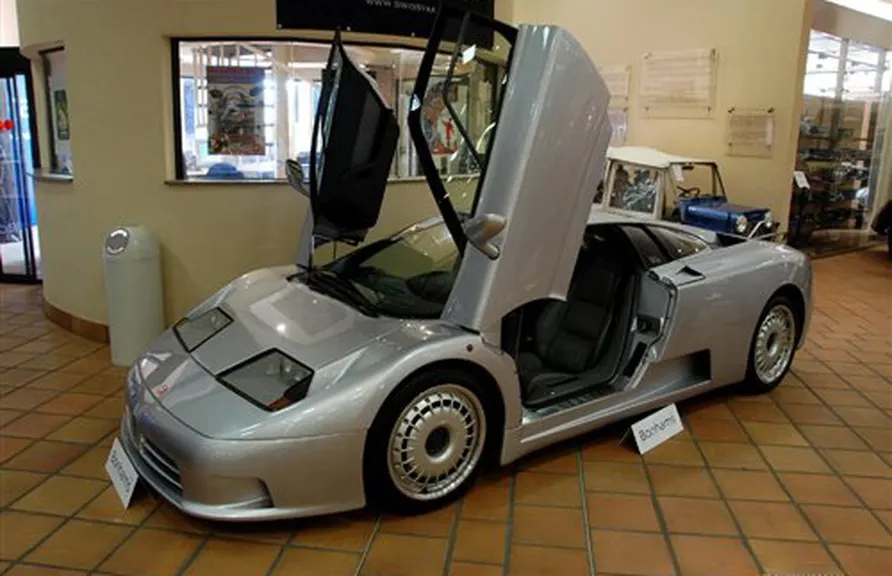
In terms of power, there is a 3.5L V12 mid-engine under the engine cover of the standard EB 110 GT model, with the maximum power of 553 horsepower. It is matched with a 6-speed manual gearbox and four-wheel drive system. The acceleration of 0-100km / h is only 3.4 seconds, and the maximum speed is 343km / h. Such achievements made any sports car at that time unmatched.

In addition to the standard GT model, Bugatti has also launched the EB 110 SS super sports model, which has its maximum engine power increased to 603 horsepower, 0-100km / h acceleration of 3.2 seconds and the maximum speed of 348km / h. The B 110 series uses the aluminum double-wishbone rear suspension. Later, in order to reduce the curb weight of the vehicle, the rear suspension is made of carbon fiber composite materials.

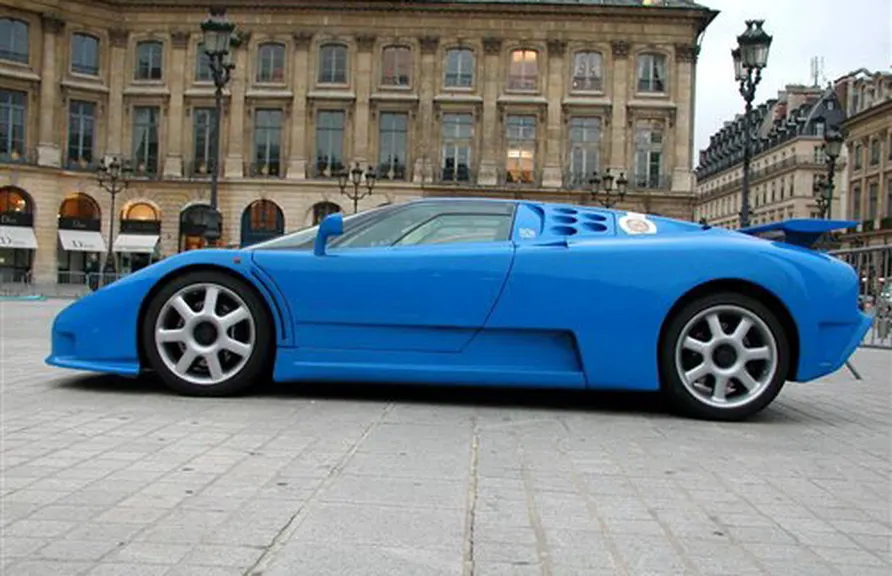
Although the EB 110 series has a very strong driving force, the EB 110 once again caught up with the global economic crisis when it was launched, and its expensive price made the rich who were tired of coping with the economic downturn lose interest. The Bugatti EB 110 produced only 139 units between 1991 and 1995. In the same year, Bugatti declared bankruptcy.
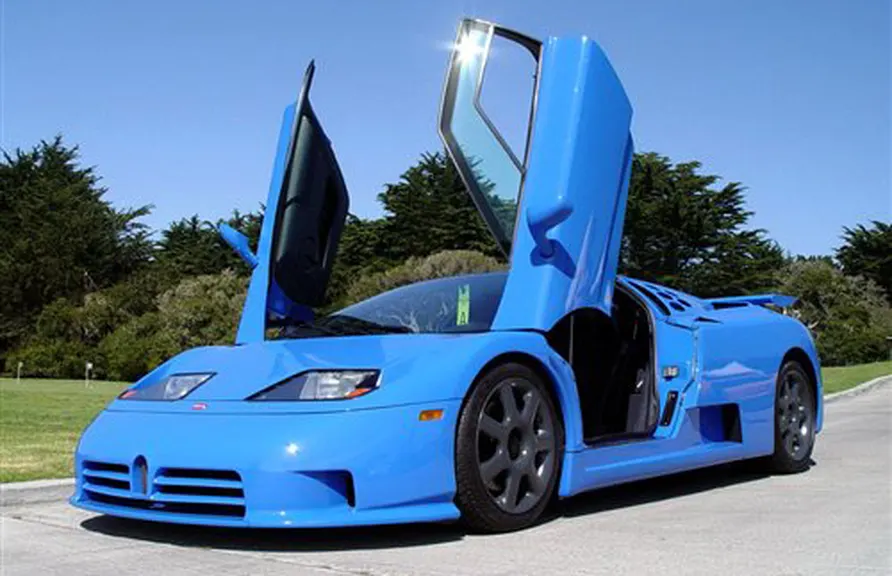
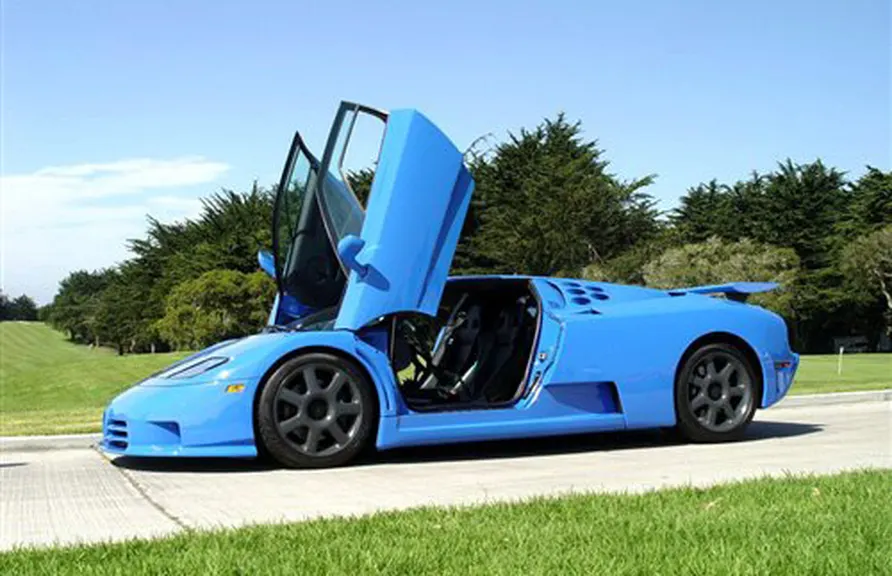
In 1998, Volkswagen bought the Bugatti brand and automobile manufacturing rights. They asked ItalDesign to manufacture the Bugatti EB 118 concept car. This is a two-door GT car equipped with an amazing 6.3-liter W-type 18-cylinder engine. This engine has a maximum power of 555 horsepower. This car was exhibited at the Paris auto show in the same year.
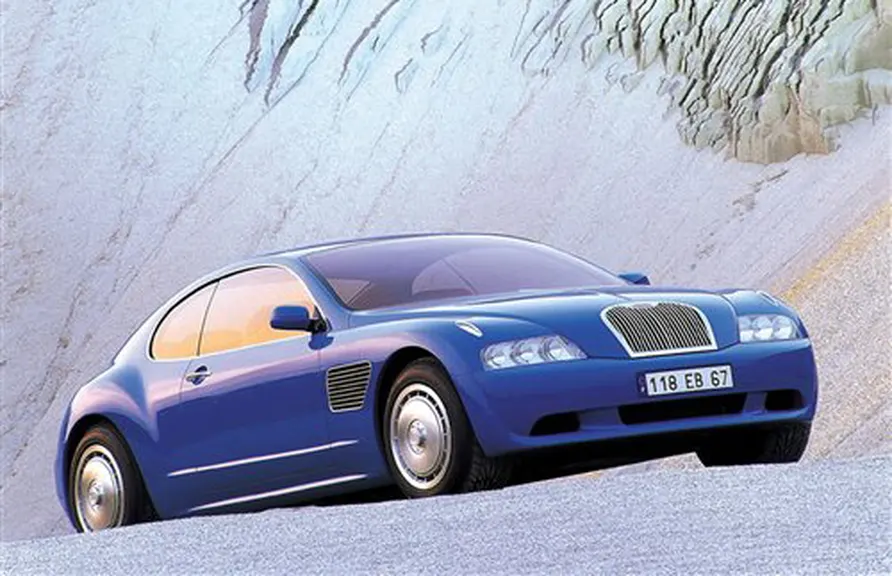
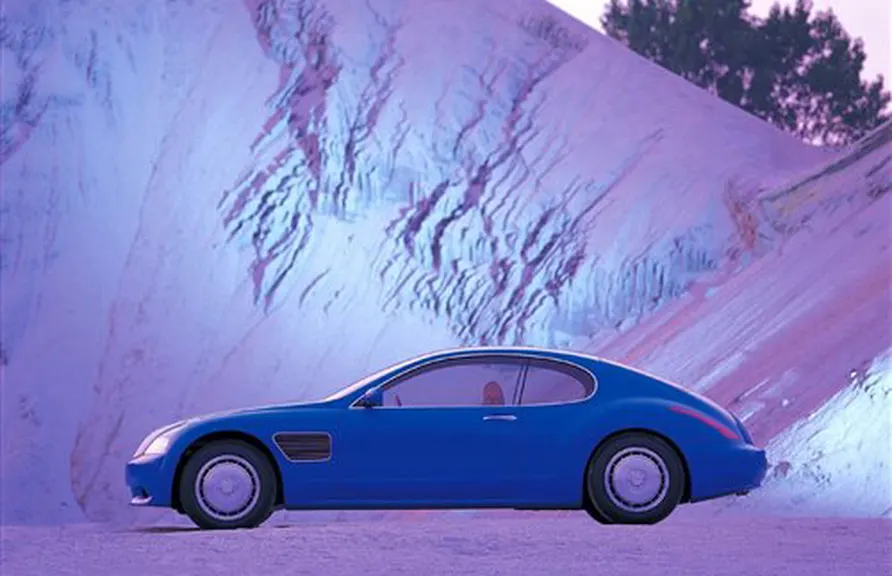
In 1999, a four door version of the Bugatti EB 218 concept car first appeared at the Geneva auto show. The body length of the Bugatti EB 218 concept car reached 5385mm, and the wheelbase was also extended to 3000mm, becoming a large four door Coupe super sports car with standard size. It’s also the first four door supercar in Bugatti’s history.
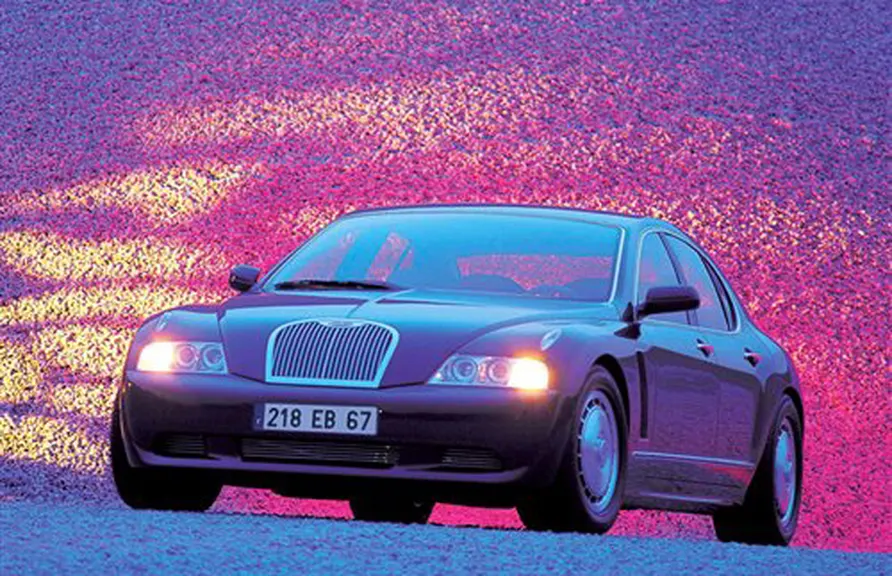

In terms of power, the W18 engine of Bugatti EB 218 is designed by Volkswagen. The maximum power output of 555 horsepower is exactly the same as the power parameters of EB 118. Unfortunately, due to the strong opposition of the Volkswagen Group, the Bugatti EB 218 finally missed the market.
In 2000, Volkswagen established the new Bugatti company and released the Veyron 16/4 concept car. This car is equipped with an 8.0L W16 four-turbocharged engine with a maximum power of 1001 horsepower and a maximum speed of 406km / h. The car is equipped with Volkswagen’s 4 Motion four-wheel drive system. In addition, Volkswagen invited Michelin to design tires for this car to withstand the speed of 400km / h.
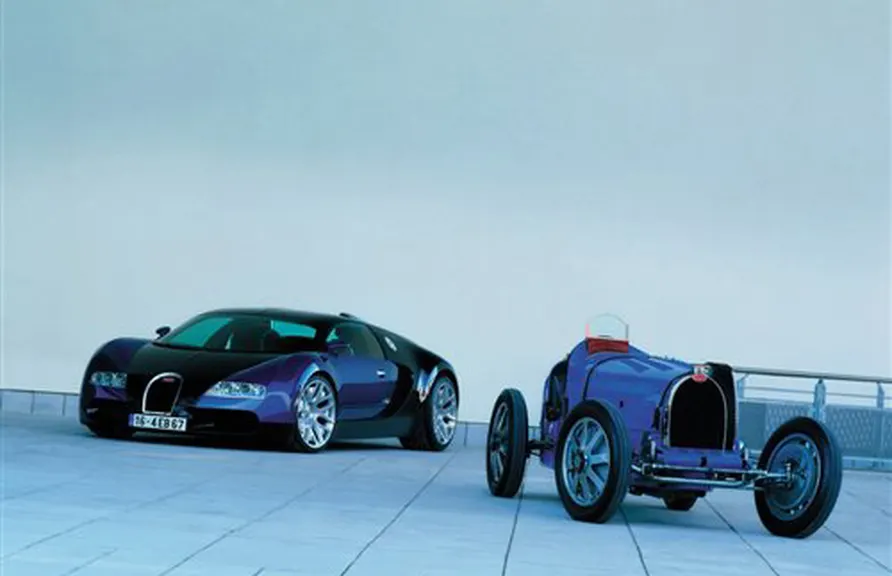
Although the car has been manufactured in 2000, Bugatti delayed mass production of the car in order to make it have the most perfect quality, and continuously tested and improved it. Until 2005, Volkswagen built a new factory of Bugatti in the Molsheim area of Alsace where the former Bugatti was located. The mass production model of Veyron 16 / 4 concept car was officially put into mass production in the new factory.

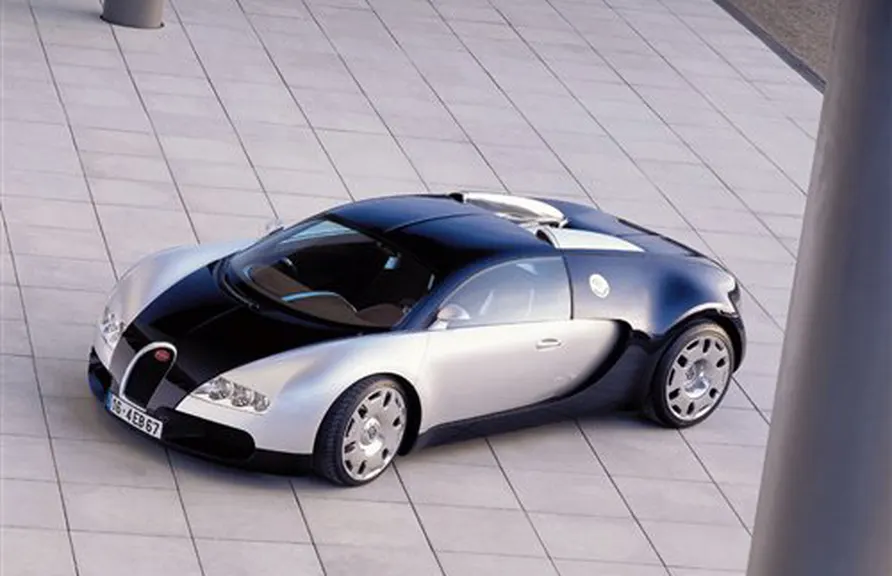

In 2006, Bugatti Veyron officially limited 300 units to be sold. In 2008, Bugatti launched the Veyron Grand Sport version, which is the convertible model of Veyron. At the 2010 Shanghai International Auto Show, Bugatti announced that it was about to produce a limited number of 150 Grand Sport models, 40 of which had been booked. At the 2010 Beijing International Auto Show, Bugatti Veyron officially entered China. On the first day of the show, Bugatti Veyron was sold for 38 million yuan.
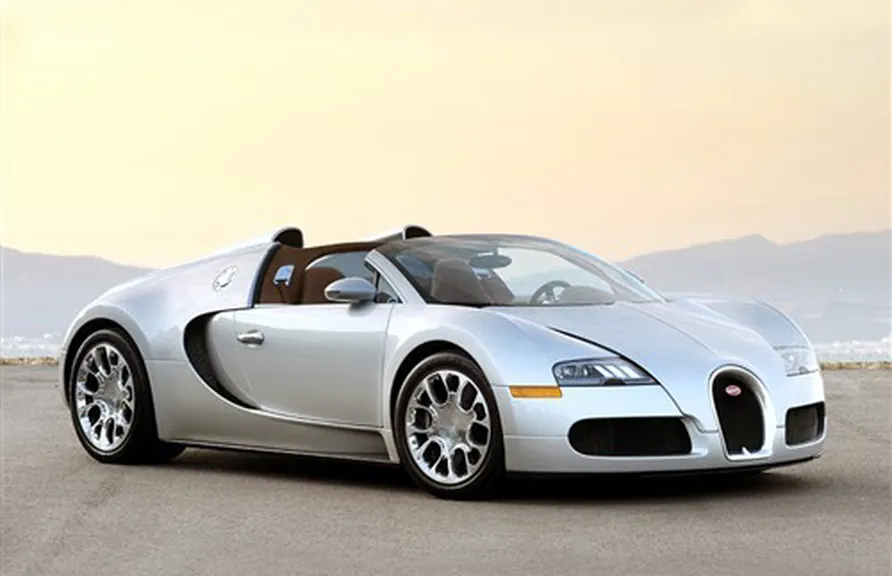
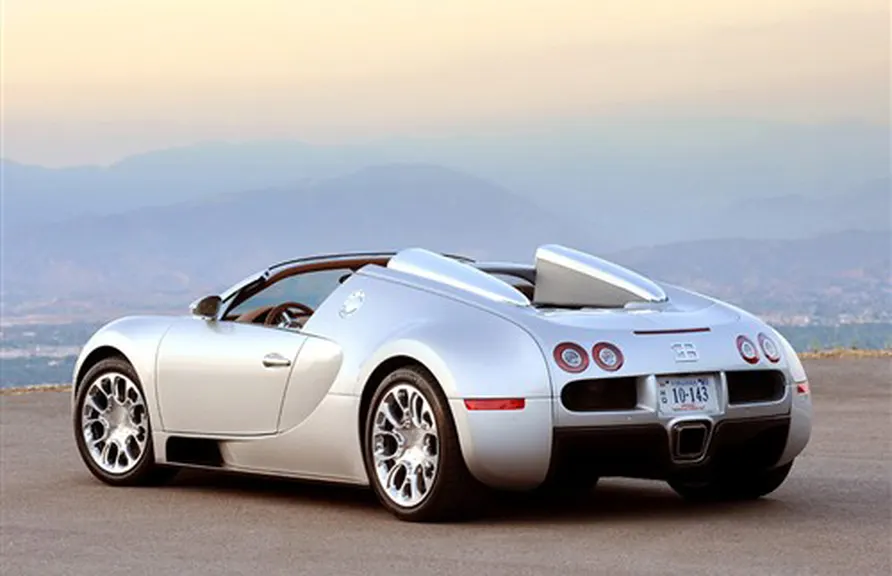
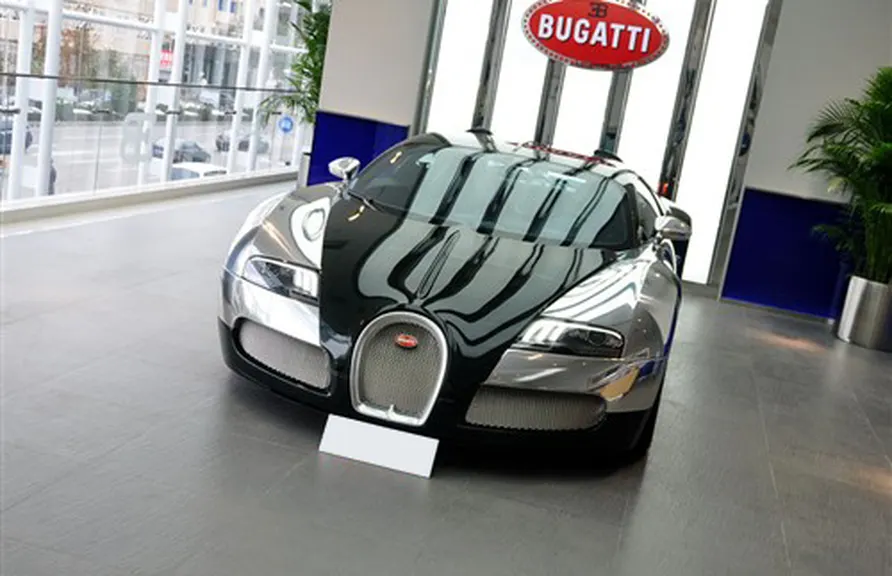

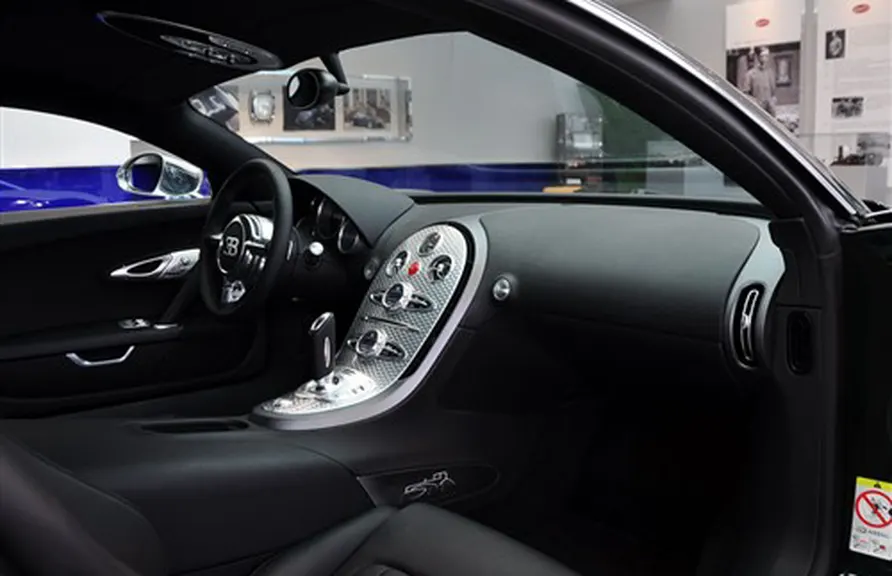
Bugatti released the 16C Galibier concept car at the 2009 Frankfurt Motor Show. The 16C Galibier concept car uses a polished aluminum material that semi-wraps around the body, and the rest part is reinforced carbon fiber material. At present, Bugatti has confirmed that Galibier will be officially mass-produced in the second half of 2012. This car will be equipped with a 16-cylinder engine with a maximum power of between 800 and 1,000 horsepower. In addition, the new car is expected to produce about 1,000-1,500 vehicles.
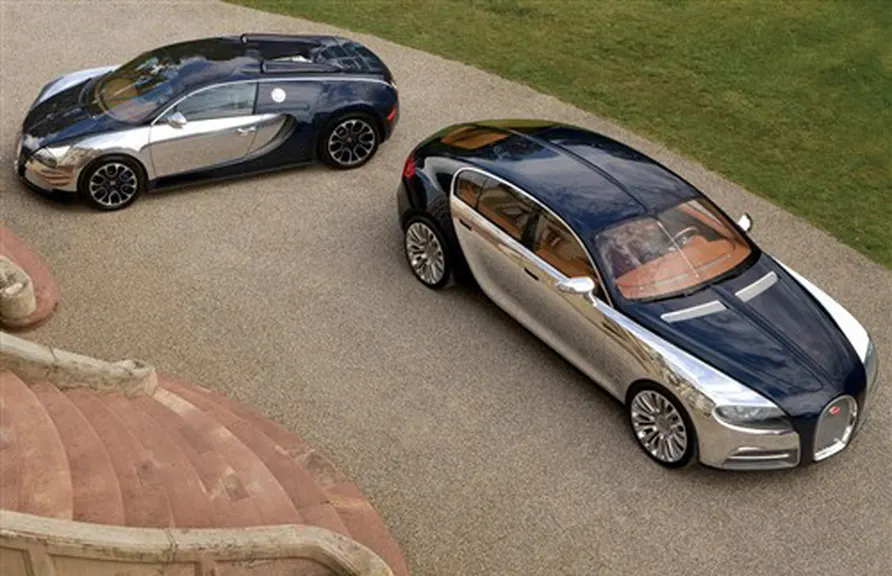

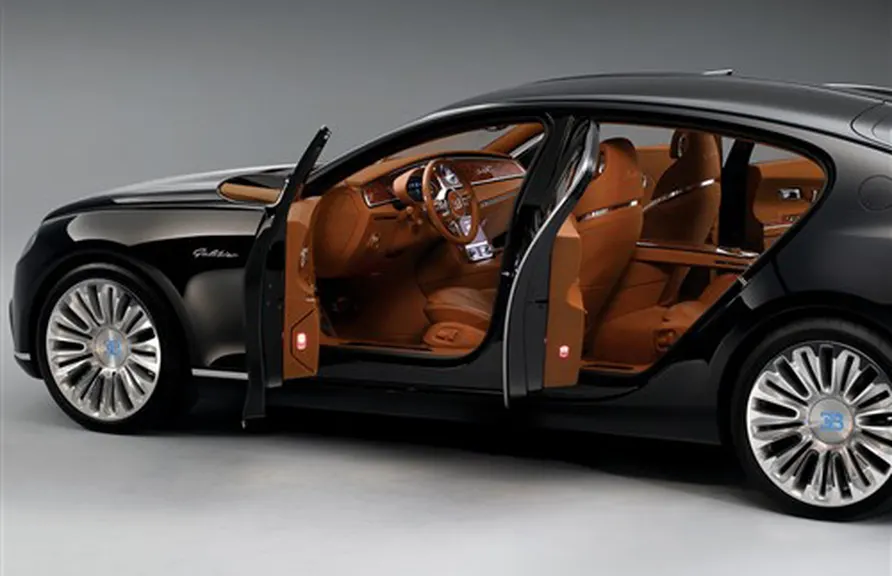
In 2010, Bugatti launched the Veyron super sport model, which uses the same 8.0L 16-cylinder 4-turbocharged engine as Veyron, with the maximum power of 1200 horsepower, nearly 200 horsepower more than Veyron, and the maximum torque of 1504Nm. For the first time, the car has been tested in a special high-speed track. The measured top speed reached an astonishing 430km / h, which set a new record for mass production vehicles. But for safety reasons, Bugatti will limit the maximum speed of the Veyron Super Sport to 348km / h. In 2011, Bugatti officially launched the Veyron Super Sport model, the first batch of which was limited to 5 sets, each of which sold for 2.1 million pounds.


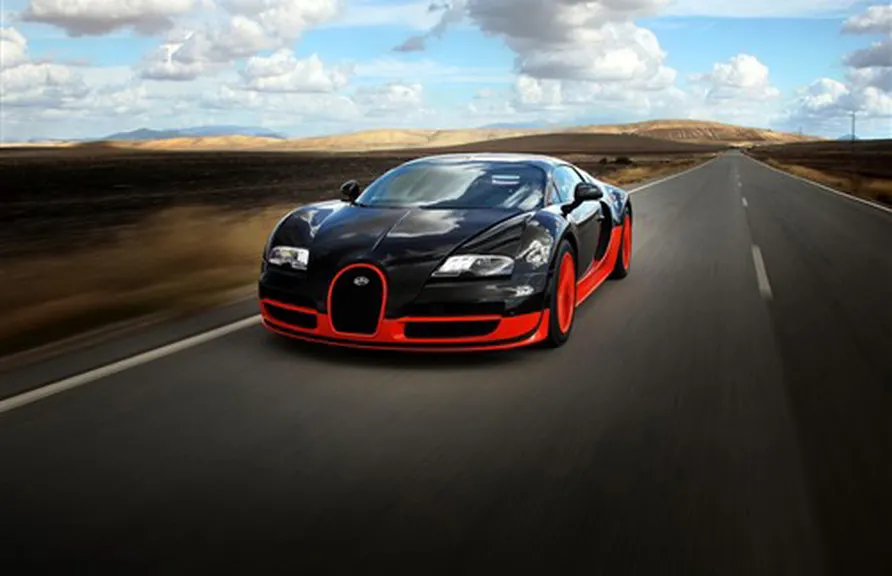
Summary:
After undergoing glory and decay, Bugatti has changed its ownership several times, but it is gratifying that Bugatti still adheres to tradition, regardless of cost, only to build the best car in the world, and of course the most expensive car. Bugatti interprets the constant pursuit of the ultimate with perseverance. This spirit has made Bugatti glorious. It is also this spirit that has made Bugatti reborn again and again, and has achieved the glory that is beyond reach.

